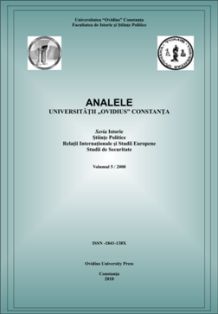Whigs, Tories and Jacobites during the Reign of King George I (1714-1727)
Whigs, Tories and Jacobites during the Reign of King George I (1714-1727)
Author(s): Costel CorobanSubject(s): History
Published by: Ovidius University Press
Keywords: George I; Whigs; Tory; Jacobites; Westminster; Hanover
Summary/Abstract: The Hanoverian Succession of 1714 brought about important changes in the political system of Great Britain. For example, the group of ministers responsible to the House of Commons (and also other British political institutions), appeared progressively and out of necessity. The cause was the absence of the king, which spent at least half of his time at his court in Hanover. Soon, and because of the same reason, the institution of the leader of the cabinet (the Prime-Minister) also appeared. What gave the British constitution a remarkable unity was that all the three branches of power and the local institutions were in the hands of the same class. This mixed constitution, whose central point still remained the pluralistic nature of the form of government, including many obstacles and means of moderation, qualifies under the definition of the republic. But because the head of state is a monarch and that the voters elect mostly aristocrats as their representatives in the legislature, the most appropriate description of the British political system after 1714 would be a “a crowned aristocratic republic”. The point of this article, which uses mostly secondary sources, is analyzing the evolution of these political changes while also providing a view of the relationship between the main political parties, the Whigs – which were in full ascension during this period –, the Tories and the Jacobite rebels.
Journal: Analele Universităţii Ovidius din Constanţa - Seria Istorie
- Issue Year: 2008
- Issue No: 05
- Page Range: 9-26
- Page Count: 18
- Language: English
- Content File-PDF

